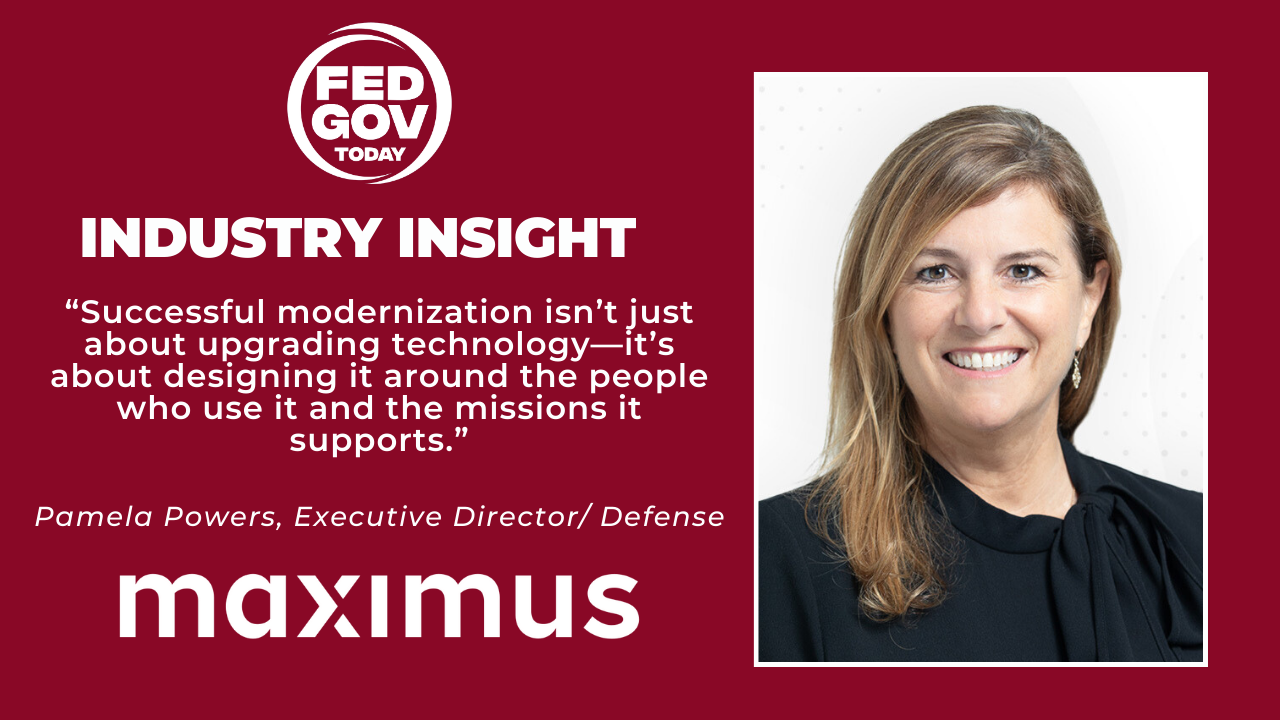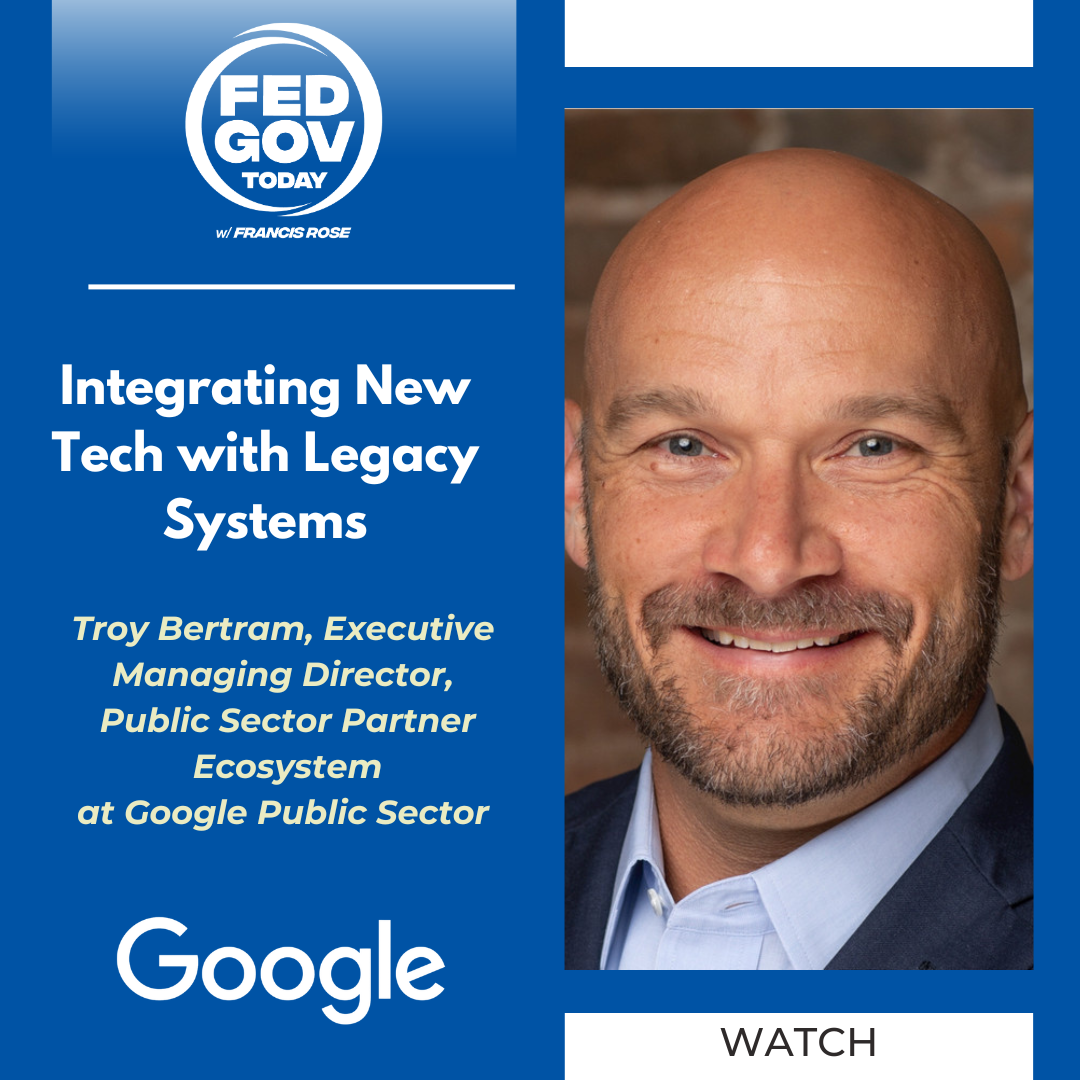Presented by HP
Artificial intelligence is no longer a concept of the future—it’s a tool federal agencies are using right now to strengthen missions, improve operations, and deliver better services to citizens. Rich Persinger, General Manager for Federal Civilian and Intelligence at HP, joins Fed Gov Today with Francis Rose to share a front-line view of how AI is taking hold across government, and why it’s becoming indispensable for both mission delivery and enterprise efficiency.
From his vantage point supporting a range of federal clients, Persinger sees AI adoption gaining serious momentum. According to the 2024 federal AI inventory, there are already more than 2,000 active use cases across the government. That number, he says, is only going to grow. The power of AI lies in its ability to digest vast amounts of data and turn it into actionable insights—something every agency needs to serve citizens better and operate more effectively.
Frontline Services and Back-Office Gains
Persinger explains that AI is driving transformation in two distinct but equally important areas. First is the citizen-facing side of government. Agencies are increasingly using AI to understand public needs and deliver faster, more personalized services. Whether it's chatbots, case management, or data-driven outreach, AI is making government more responsive and adaptive.
But equally important—and often overlooked—is what AI is doing behind the scenes. Persinger highlights the value of AI in IT operations, cybersecurity, and system monitoring. AI can detect anomalies, flag potential threats, and optimize infrastructure usage. This not only strengthens security but also improves how agencies manage resources and make decisions.
“When you think about how government is trying to digest data and make smarter decisions,” Persinger says, “AI becomes the connective tissue between insight and action.”
The Efficiency Mandate
Beyond service improvement, Persinger sees AI as a critical lever for efficiency. With agencies under constant pressure to do more with less, AI offers a way to streamline operations, reduce costs, and increase output. From procurement to personnel management, AI tools can help agencies find best-in-class solutions, track spending, and optimize performance.
He points out that many agencies are already using AI to assess their procurement pipelines—identifying better pricing, improved delivery models, and more strategic sourcing. By analyzing data across the industry, AI helps the government understand not just what to buy, but how and when to buy it.
“In the end, it’s about helping government be more efficient,” Persinger says. “AI gives them the capability to do that in ways they’ve never been able to before.”
Changing Business Models and New Expectations
Persinger also touches on how AI and broader market trends are changing the business dynamics of government contracting. With procurement models evolving and consolidation likely to reduce the number of contract vehicles, companies—large and small—must rethink how they engage with government buyers.
He acknowledges the anxiety this creates, particularly for small businesses that worry about getting squeezed out. But he sees opportunity, not limitation. Smaller firms with niche capabilities can still thrive if they’re focused, flexible, and aligned with government priorities.
“The value proposition is what matters,” Persinger says. “If you know what you bring to the table and how it helps the government, there’s a role for you.”
HP, he notes, works closely with small business partners, both as subcontractors and sometimes as prime vendors. These relationships are essential, especially as agencies look for agile solutions that require specialized expertise. The key is alignment—matching capabilities with agency needs and demonstrating clear value.
What Makes a Great Partner?
Persinger shares a simple but powerful framework for identifying good teaming partners: focus, clarity, and commitment. The most successful small business collaborators are those who understand the federal landscape, articulate a specific value proposition, and are “all in” on doing business with the government.
“Being halfway in doesn’t work in the federal space,” he warns. “You have to be committed, because it’s a unique environment that requires time, investment, and focus.”
That advice goes especially for companies trying to break into the market from the commercial side. Persinger encourages them to assess their readiness, refine their messaging, and be willing to adapt to the regulatory and procedural realities of federal contracting.
What’s Next in the AI-Enabled Federal Market?
Looking ahead, Persinger sees a government market that is becoming leaner and more focused. He anticipates fewer contract vehicles and a greater emphasis on streamlined, outcome-driven acquisition. This will force companies to become more strategic in how they position their offerings and more creative in how they build solutions with AI at the core.
At the same time, he believes this evolution opens new doors—especially for innovative small businesses that are willing to shift their models and think long-term.
“We need those small business capabilities,” he says. “They’re part of how we build and deliver solutions to government.”



